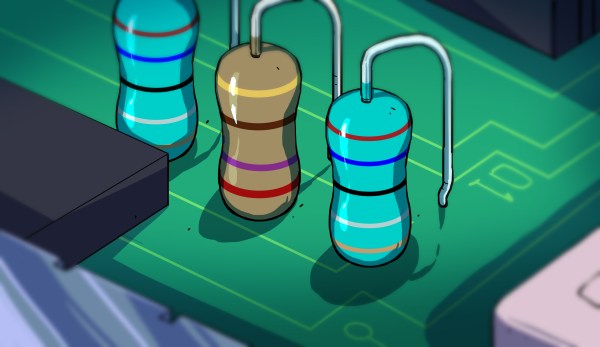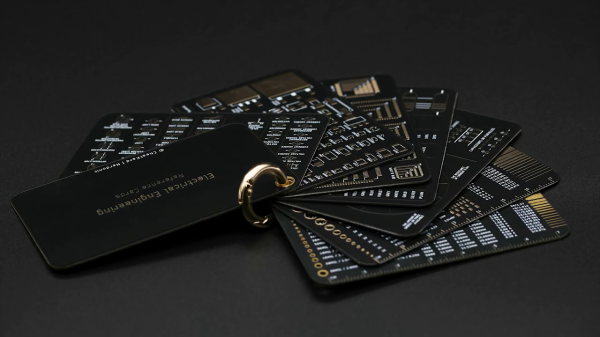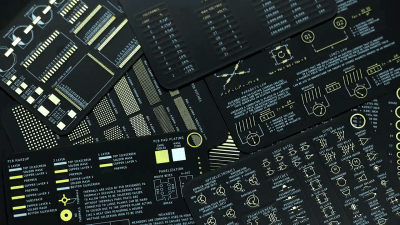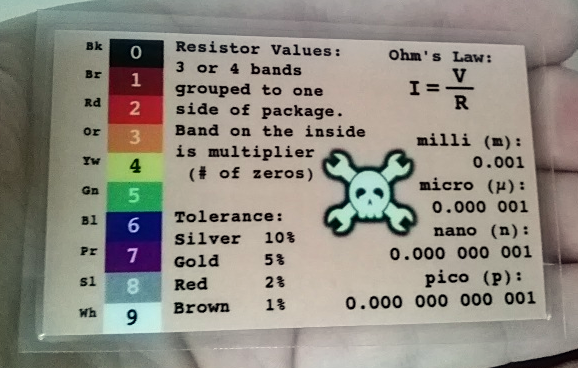Some people look at a venerable resource like resistor color code charts and see something tried and true, but to [Andrew Jeddeloh], there’s room for improvement. A search for a more intuitive way is what led to his alternate cheat sheet for resistor color codes.
Color code references typically have a reader think of a 560 kΩ resistor as 56 * 10 kΩ, but to [Andrew], that’s not as simple as it could be. He suggests that it makes more sense for a user to start with looking up the colors to make 5.6 (green-blue), then simply look up that a following yellow band means resistance in the 100 kΩ range (assuming a four-band resistor); therefore 560 kΩ is green-blue-yellow.
The big difference is that the user is asked to approach 560 kΩ not as 56 * 10 kΩ, but as 5.6 * 100 kΩ. [Andrew] shares a prototype of a new kind of chart in his post, so if you have a few minutes, take it for a spin and see what you think.
Is his proposed method more intuitive, or less? We think [Andrew] makes a pretty good case, but you be the judge. After all, just because something has always been so doesn’t mean there isn’t room for improvement. This happens to apply nicely to resistors themselves, in fact. It may seem like through-hole resistors have always had color bands, but that is not the case.



















